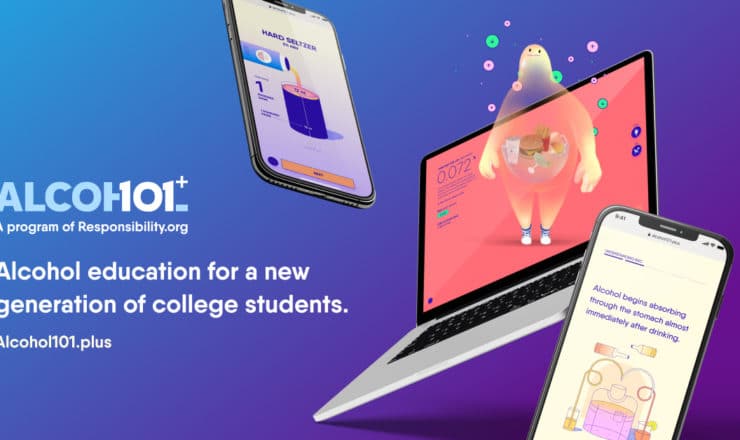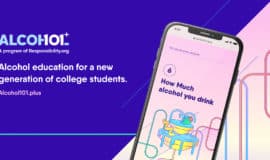Introducing the Reimagined Alcohol101+ Program for Today's College Students
To say that beverage alcohol – beer, wine, & spirits – is a ubiquitous part of collegiate life is not news; alcohol and collegiate life have seemingly been inseparable for centuries. As a result, high-risk and dangerous drinking have concerned collegiate administrators, student life professionals, and parents for what seems like “forever.” As a result, social science has embraced this issue since the mid 1990s resulting in the development of notable best practices in prevention and evidence-based strategies to effectively intervene with high-risk drinkers.
Likewise, prevention efforts have evolved through the years. These efforts have included both simple education regarding the risk associated with high-risk drinking and more sophisticated approaches designed to help students understand both the “how” and “why” of these risks as well as learning “what” consequences can result from high-risk drinking. Unfortunately, many of these sophisticated programs continue to deliver their message as if they were, as one student told this author, “a dad talk.”
Contemporary collegians resist if not reject programming that appears to lecture or otherwise instruct them as to what is and is not appropriate behavior. This is particularly true when the focus of programs implies that the risks associated with excessive drinking are all but guaranteed, when students know from personal experience that they are not. And for those peers who do experience those more serious consequences, carelessness, not excessive use, is the explanation proffered by their peers. In other words, as sophisticated as programming has become, it continues to leave many students, and generally these are the higher-risk students, unmotivated to modify their behavior.
Alcohol101+ addresses the issue of preparing contemporary collegians for when they are exposed to drinking in college, often within days of matriculating. Created by Responsibility.org, Alcohol101+ is the product of several years of development guided by an independent, interdisciplinary team of composed of collegiate professionals including faculty, student affairs professionals, alcohol and other drug prevention specialists, and behavioral health professionals, all of whom were familiar with the issues related to collegiate drinking.
Although the program’s objective is not new, its approach to realizing that objective is. Because all individuals make decisions to change their behavior along a continuum of readiness to make those changes, Alcohol101+ recognizes that students interacting with the program populate these various stages. From students unwilling to change anything in their lives to those who are quite open to exploring new ideas designed to help them, each individual student is approachable albeit via different means. Built into Alcohol101+ is the ability to assess at which stage of readiness to change a student may be. Based on this information, it then tailors that student’s experience with the program to increase the likelihood of engaging with that student where they are along the continuum. As Sandra Anise Barns wrote in one of her poems, “It’s so hard when you have to (change) and so easy when you want to.”
As unique as Alcohol101+ may be in its design, it is nothing short of revolutionary in its approach to providing access; it is available to colleges and universities free of charge with built in metrics and analytics. When escalating costs have contemporary institutions of higher education second guessing the appropriateness of investing funds in alcohol educational programming, Alcohol101+ represents a no-cost means to tackling what is, as mentioned earlier, the ubiquitous challenge of addressing collegiate drinking.
To learn more about Alcohol 101+ and how to bring it to your campus, please contact Tom Grane at [email protected] and click here to learn more.




